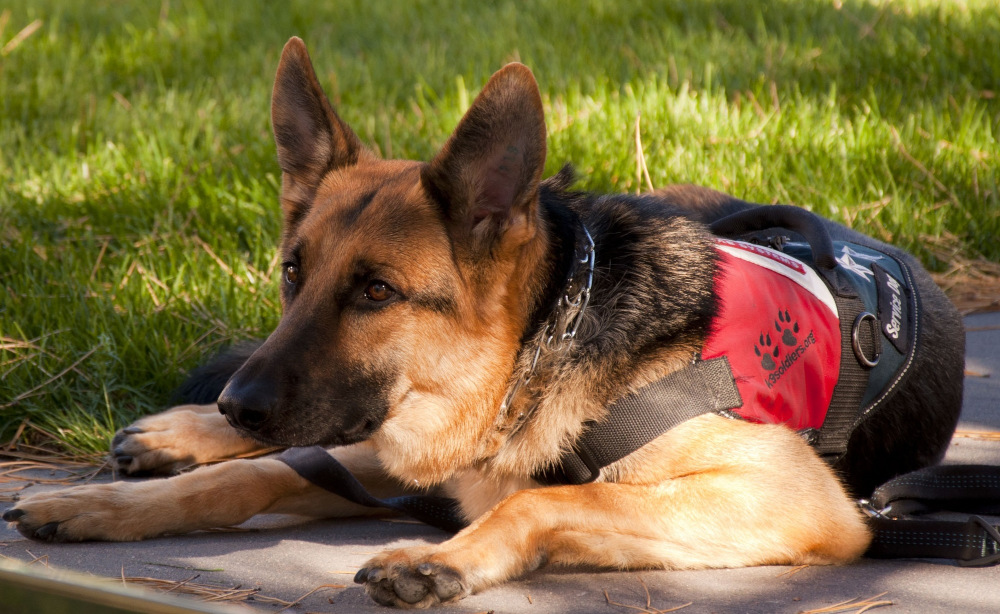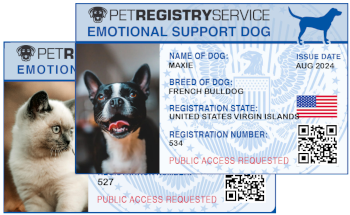Understanding the Differences Between Service Dogs and Therapy Dogs

Dogs have long been known as loyal companions to humans, but their roles go far beyond companionship. Many dogs are specially trained to provide essential support and comfort in various capacities, such as service dogs and therapy dogs. While these terms are sometimes used interchangeably, service dogs and therapy dogs have distinct roles, training, and legal protections. Understanding these differences can help clarify their purposes and the critical work they perform.
What is a Service Dog?
Service dogs are highly trained animals that assist individuals with disabilities by performing specific tasks to help mitigate their owner’s limitations. The Americans with Disabilities Act (ADA) defines a service dog as one trained to perform tasks directly related to a person’s disability. Examples of tasks include:
- Guiding individuals who are blind or visually impaired.
- Alerting individuals who are deaf or hard of hearing.
- Pulling a wheelchair or assisting with mobility.
- Retrieving items, such as medication or a phone.
- Alerting to oncoming seizures or other medical episodes.
Service dogs undergo rigorous training to ensure they can perform their tasks reliably in various environments. They have public access rights under the ADA, meaning they are allowed in places where pets are typically not permitted, such as restaurants, stores, and public transportation.
What is a Therapy Dog?
Therapy dogs, on the other hand, are trained to provide comfort and emotional support to individuals or groups in settings like hospitals, schools, nursing homes, and disaster areas. Unlike service dogs, therapy dogs are not trained to assist one specific individual but rather to provide general comfort and affection to those in need. They often participate in programs like reading assistance for children or stress-relief sessions for college students.
Therapy dogs typically undergo training to ensure they are well-behaved, calm, and comfortable in various environments and around different people. However, they do not have public access rights under the ADA. Their access to facilities is determined by the organization or establishment they visit.
Key Differences
| Aspect | Service Dogs | Therapy Dogs |
|---|---|---|
| Purpose | Assist individuals with disabilities | Provide comfort and emotional support |
| Training | Task-specific, intensive | Basic obedience and temperament |
| Handler | Works with one individual | Works with many people |
| Legal Protections | ADA public access rights | No ADA public access rights |
| Work Environment | Anywhere the handler goes | Specific settings (hospitals, schools, etc.) |
Can a Dog Be Both?
In most cases, a dog cannot serve as both a service dog and a therapy dog simultaneously. The responsibilities and training for each role are different, and attempting to combine them could compromise the dog’s effectiveness. However, some service dogs may provide therapeutic benefits to others incidentally, though this is not their primary role.
Emotional Support Animals (ESAs)
It’s also important to distinguish service dogs and therapy dogs from emotional support animals (ESAs). ESAs provide comfort to their owners simply by being present and do not require specialized training. Unlike service dogs, ESAs do not have public access rights under the ADA, though they may have housing protections under the Fair Housing Act.
Conclusion
Both service dogs and therapy dogs play vital roles in enhancing human well-being, but their functions, training, and legal rights differ significantly. Service dogs are indispensable partners for individuals with disabilities, providing life-changing support and independence. Therapy dogs bring joy and comfort to those in challenging circumstances, improving emotional well-being in various community settings. By understanding these distinctions, we can better appreciate the unique contributions these incredible animals make to society.




